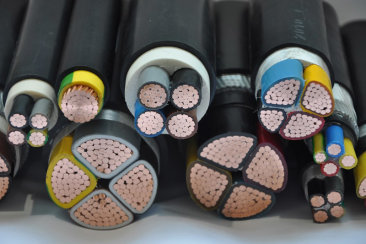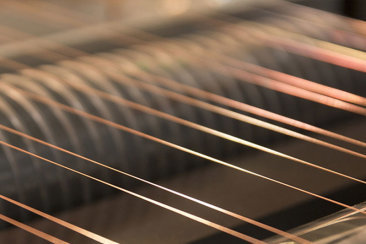Why can't strong and weak electricity go together
Release time:
2023-11-17
Strong and weak wires are generally not recommended to be placed together because their voltage and current parameters are different. If placed together, it is easy to cause interference and mutual influence, which can affect the normal operation of electrical equipment. Strong wires generally refer to wires with a voltage greater than 220V, such as power lines, light lines, etc. in households. Weak wires generally refer to signal lines with lower voltage, such as telephone lines, network lines, monitoring lines, etc. The voltage and current parameters of strong and weak wires are different. If they are placed together, it is easy to generate electromagnetic interference and crosstalk, which can affect the transmission and reception of weak electrical signals and even damage electrical equipment. Therefore, in order to ensure the normal operation of electrical equipment, strong and weak wires should be laid separately, or isolation measures should be taken for protection. For example, in buildings, strong and weak wires should be laid separately in different pipelines or cable trays, or protected by isolation measures such as metal shielding.

Strong and weak wires are generally not recommended to be placed together because their voltage and current parameters are different. If placed together, it is easy to cause interference and mutual influence, which can affect the normal operation of electrical equipment.
Strong wires generally refer to wires with a voltage greater than 220V, such as power lines, light lines, etc. in households. Weak wires generally refer to signal lines with lower voltage, such as telephone lines, network lines, monitoring lines, etc. The voltage and current parameters of strong and weak wires are different. If they are placed together, it is easy to generate electromagnetic interference and crosstalk, which can affect the transmission and reception of weak electrical signals and even damage electrical equipment.
Therefore, in order to ensure the normal operation of electrical equipment, strong and weak wires should be laid separately, or isolation measures should be taken for protection. For example, in buildings, strong and weak wires should be laid separately in different pipelines or cable trays, or protected by isolation measures such as metal shielding.
Previous article






